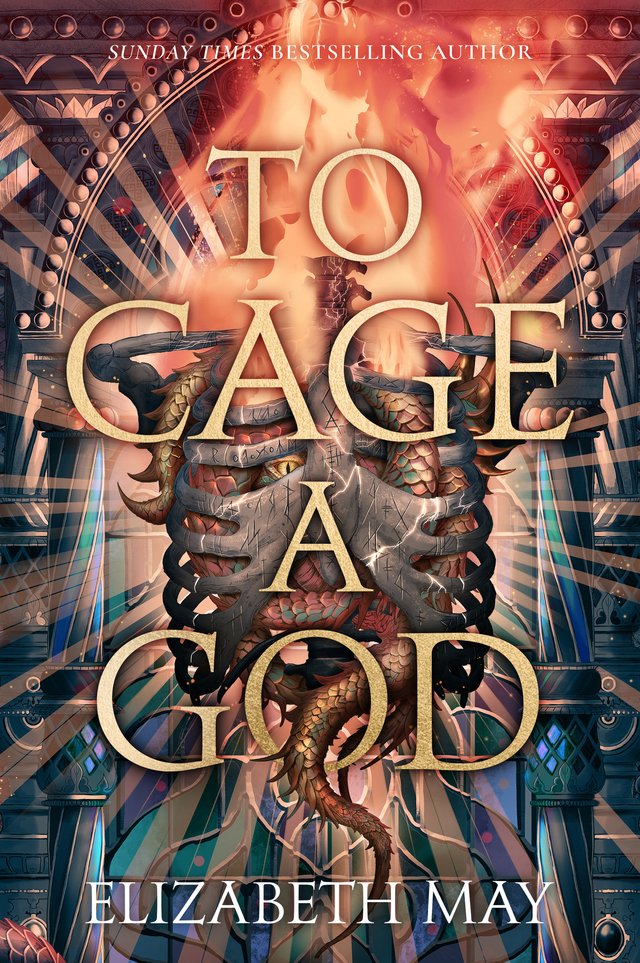To cage a god by Elizabeth May

In this fantasy world, redolent of early 20th century Russia, two sisters, Sera and Galena, have gods grafted inside their bodies, caging a demonic power that they can draw on in moments of danger. It is part of a plan by their now-dead mother Irina, to create two living weapons in the revolution against the cruel queen Isidora and the Imperial elite who all have god-like powers. However the experiment is not entirely successful, as both girls struggle with their internal dragons. For Sera, it is particularly difficult as her god hates her, and will only respond to her call if she cuts herself and draws blood.
There is a lot of backstory to this novel which is only revealed casually in snippets as the novel progresses, to such an extent that reading it I wondered if I had missed something, and thought this must be a sequel. But no, it is the first of a planned duology. My advice is to thoroughly read the inside cover flap to get a good summary of significant background events. For example, we find out that Sera at one time had a husband; it is only when Vitaly appears in the plot that we learn of their past relationship. It seems that May is more interested in the conflicts and relationships within the fantasy world rather than providing context and character development.
The characters use various Slavic sounding diminutives when addressing each other and there are terms from an imagined language, with a short glossary at the end. At the same time they often use modern day expletives which sound jarring and out of place. The writing style is frequently melodramatic and rushed. Perhaps it is the use of strong language and occasional steamy sex scenes that have led publishers to describe this as a book for adults rather than YA but there is a definite YA flavour to the writing and the plot.
For romance-fantasy readers there may be aspects that will keep them reading this book: the central concept of drawing on caged internal gods is interesting, and there are also two romances to follow, the antagonistic love-hate relationship between Sera and Vitaly, and the Sapphic attraction between Galena and Princess Vasilisa, daughter of the enemy queen.
There is a dramatic, though predictable ending, and the novel can stand on its own, but still offers possibilities for a sequel. Readers will know when they finish it whether they want to continue with the next in the duology.
Themes: Fantasy, Romance, Gods, Revolution, Oppression, Conflict.
Helen Eddy